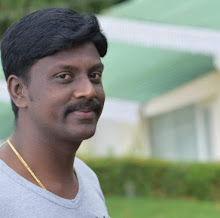Now thats some major memory
Kingston Technology, the independent world leader in memory products, announced the launch of the world’s first 256GB USB flash drive, the Kingston Technology DataTraveler 300. It allows users to carry around a whole digital world, from thousands of image files to a whole database of documents. Users will also benefit from quick transfer rates and the option to password protects their data.
The Kingston DataTraveler 300 is ideal for netbook users who want to extend the limited capacity of their machines. It can also be used by business consumers who work with large databases, or even designers who need to transfer large graphic files from one place to another.
“The DataTraveler 300 will enable users to carry huge volumes of data with them everywhere they go – up to 365 CDs for example. That’s one album for every day of the year, and it demonstrates how far flash technology has developed,” said Kirsty Miller, Product Marketing Manager – Consumer, Kingston Technology Europe. “Business users and consumers can also safeguard their data by initializing the Password Traveler software which will allow them to password protect their data in a privacy zone without the need of administrator rights.”
The Kingston DataTraveler 300 features a sleek cap-less design that will protect the USB connector when it is not in use and is enhanced for Windows Readyboost. The Kingston DataTraveler 300 is available only in 256GB and is backed by a five-year warranty. The Kingston DataTraveler is built to order only; customers who wish to purchase the drive can place an order with many reseller and e-tailers.
Kingston Unveils the World’s First 256GB USB Flash Drive
Enlarge
Kingston DataTraveler 300
DataTraveler 300 Product Features and Specifications:
Capacity — 256 GB
Speed — Data transfer rates of up to 20 MB/sec. read and 10 MB/sec. write
Safeguarded — includes Password Traveler security software for Windows
Convenient — does not require Administrator rights to access the Privacy Zone
Dimensions — 2.78” x 0.67” x 0.87” (70.68 mm x 16.90 mm x 21.99 mm)
Operating Temperature — 32° to 140° F (0° to 60° C)
Storage Temperature — -4° to 185° F (-20° to 85° C)
Enhanced — for Windows ReadyBoost on Vista-based systems
Aravind T


 .
.


